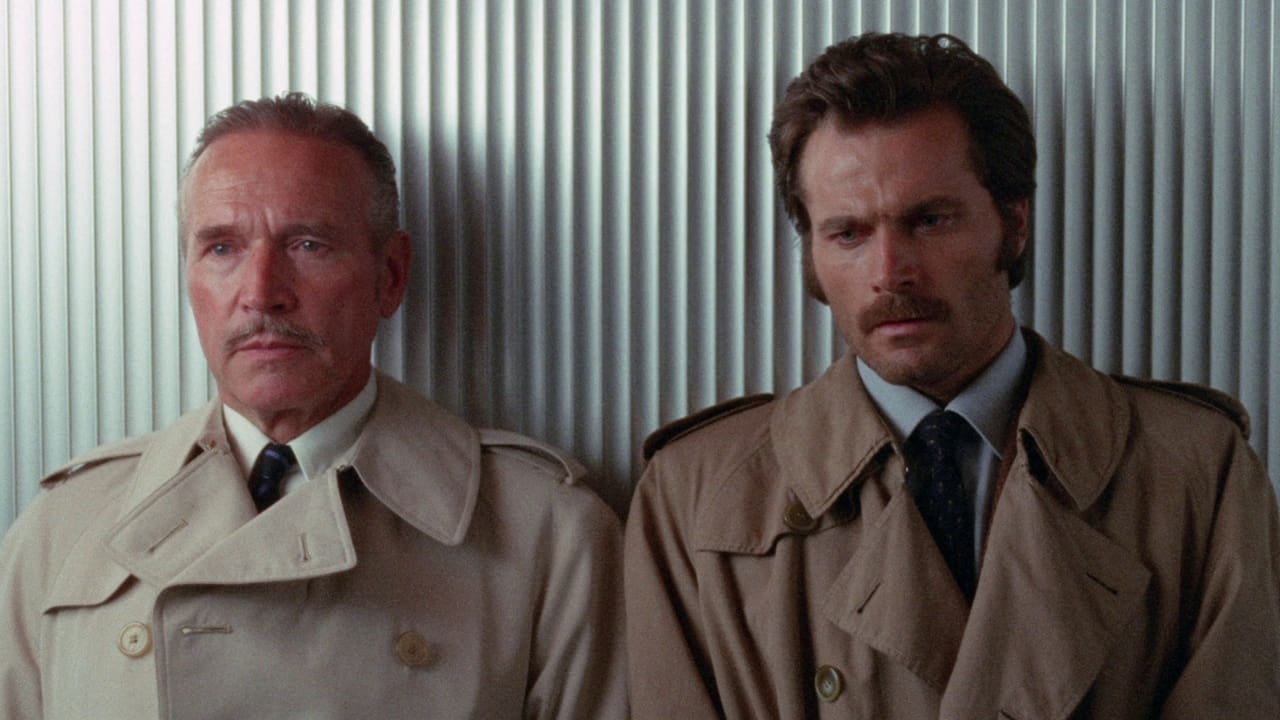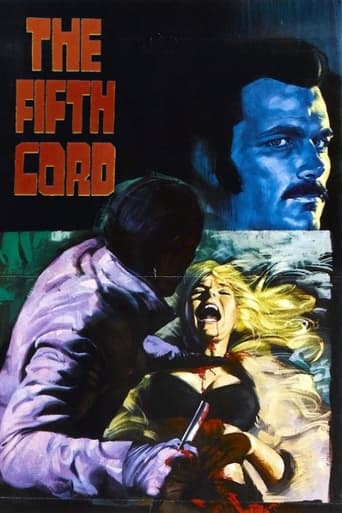Inadvands
Boring, over-political, tech fuzed mess
Erica Derrick
By the time the dramatic fireworks start popping off, each one feels earned.
Kirandeep Yoder
The joyful confection is coated in a sparkly gloss, bright enough to gleam from the darkest, most cynical corners.
Zandra
The movie turns out to be a little better than the average. Starting from a romantic formula often seen in the cinema, it ends in the most predictable (and somewhat bland) way.
qmtv
Excellent Cinematography & Music. Story is lacking, maybe in the English Translation.This is the same director and cinematographer who made Footprints on the Moon, excellent movie.This movie also has great cinematography and the directing/editing is a fine job. Music is good as well. The acting is good. But the story is lacking. Maybe the story is lost in the English translation. Best suspense is when the killer was going after the kid. It's a good thing the kid didn't get killed, that would have been bad, and sick! Maybe in the original Italian, the story holds up better. And maybe some graphic scenes were cut out for the English release. If so, then this is a great film, and great production. But as it stands I can only give it a C, or B -, 6 stars. Worth checking out for the camera work.
lonchaney20
This is one of the most visually stunning films of all time. Vittorio Storaro (Apocalypse Now, The Conformist) and Luigi Bazzoni (Footprints on the Moon) had a great understanding between them, and it shows on the screen. The contrasts between light and dark, the way characters are rendered black silhouettes reminds me of my favorite shot from Ingmar Bergman's The Passion of Anna (lensed by the great Sven Nykvist). Regrettably the script isn't quite up to that level, being about as generic as a giallo comes. Bazzoni also lacks the ability of a director like Argento or Bava to build suspense and stage a murder. Thankfully the astounding visuals and Franco Nero's appealing performance (dubbed by himself, thankfully!) make this stand out from most films of its ilk. It's just too bad that the ending is so bland - you almost feel like the filmmakers just didn't give a crap. This could have been a minor classic with a better script. Shortly before this I watched Bazzoni's other "giallo" (most consider it one, but I don't) Footprints on the Moon, and while it was far more interesting it didn't seem nearly as well done despite the presence of Vittorio Storaro. Maybe if they had tried one more time they might have gotten the balance right.
The_Void
The Giallo sub-genre has produced some really great films; films such The House With the Laughing Windows, What Have They Done To Solange, and just about everything Dario Argento made; and with that in mind, The Fifth Cord isn't that good a film. However, as lesser-known Giallo's go; The Fifth Cord will no doubt prove interesting viewing for Giallo fans. It's not great, but the film never really sets out to be; it's a Giallo typical of the film style, and features many of the Giallo trademarks, which will no doubt please fans. The Fifth Cord also benefits from having Django star Franco Nero in the lead role; which lends it a touch of class, and an extra quota of cult value. The plot is typical Giallo, and merely follows a murder investigation. It's the central character, therefore, that is most interesting about this film. Franco Nero stars as an alcoholic journalist, put on the trail of the murder both due to his profession, and the fact that the police see him as a suspect in the investigation.Ennio Morricone is most famous for his scores to Sergio Leone's masterpieces, but he's also done a lot of work for Giallo's. His score here doesn't rival the ones in the Spaghetti Westerns; but, as ever, Morricone does a good job of setting the right atmosphere for the film, as his score goes from the swinging relaxed mood associated with Italian films, to a more piercing score for the macabre scenes. Nero's performance is a little ropey, and at times he's very hammy; but his screen presence makes up for it, and I really couldn't imagine this film without him in it. The film is well directed by Luigi Bazzoni, who shoots in a number of locations; with many of the scenes (the build up to the ending especially) being memorable due to his location shots. The murders aren't the most imaginative I've ever seen, but most are suitably macabre; and more than do their job in creating a foreboding atmosphere. One of the problems with Giallo is that they're often hard to follow, and this film suffers from that; but the plot is largely well paced, and the ending provides something of a surprise. This film is too insubstantial on the whole to be a 'must see'; but I still won't hesitate to recommend it to anyone who is a fan of Italian horror.
Michael
Middling giallo which is done no favours by losing much in the English translation and leaving us with no-one to identify with except a womanising alcoholic journalist (a profession worthy of no higher status than underneath a rock in the pecking order of Italian thrillers) amidst its phantasmagoria of inadequately characterised characters.The film is nevertheless interesting as an example of the way the inspirational dynamic of the genre-director relationship can be periodically inversed by genuine mastery, as enigmatic writer/director Bazzoni acknowledges his debt to Dario Argento and his epochal 'Bird Of Crystal Plumage' with, firstly; in the film's native Italian; one of those silly 'animal' titles ("The Black Days Of The Ram") that proliferated in this vein until the mid 70s, and under which the mystery is far more meaningful and less frustratingly convoluted.Secondly, the proliferation throughout the film of occasionally effective set-pieces and attention-grabbing individual shots realised through Bazzoni's technically adroit grip on the manipulation of geometric and geographical spaces to alternate agoraphobia and claustrophobia where, disconcertingly, the opposites of each should ordinarily occur. Some characters have extraordinarily spacious open-plan apartments in which crucial bits of suspense take place; and elsewhere tunnels and other similarly threatening confined spaces are presented anamorphically and are not re-'squeezed' for printing, with the result that suspense and tension is heightened.The usual incidental decorative pleasures apply; ie that of the production designer having ordered the entire contents of one of those late 60's continental Vogue/Cosmo-esquire coffee table-crushing fashion journals to be arbitrarily strewn across the sets.The original limited British cinema release (1972), under both this title and the vulgarised "Evil Fingers", seems to be the equivalent of the Salvation video release, although censored by 2(!) seconds. Some sources suggest that the original Italian print clocks in at 100 minutes, but it's hard to imagine a prospective 8 minutes of further footage having any profound overall impact.

